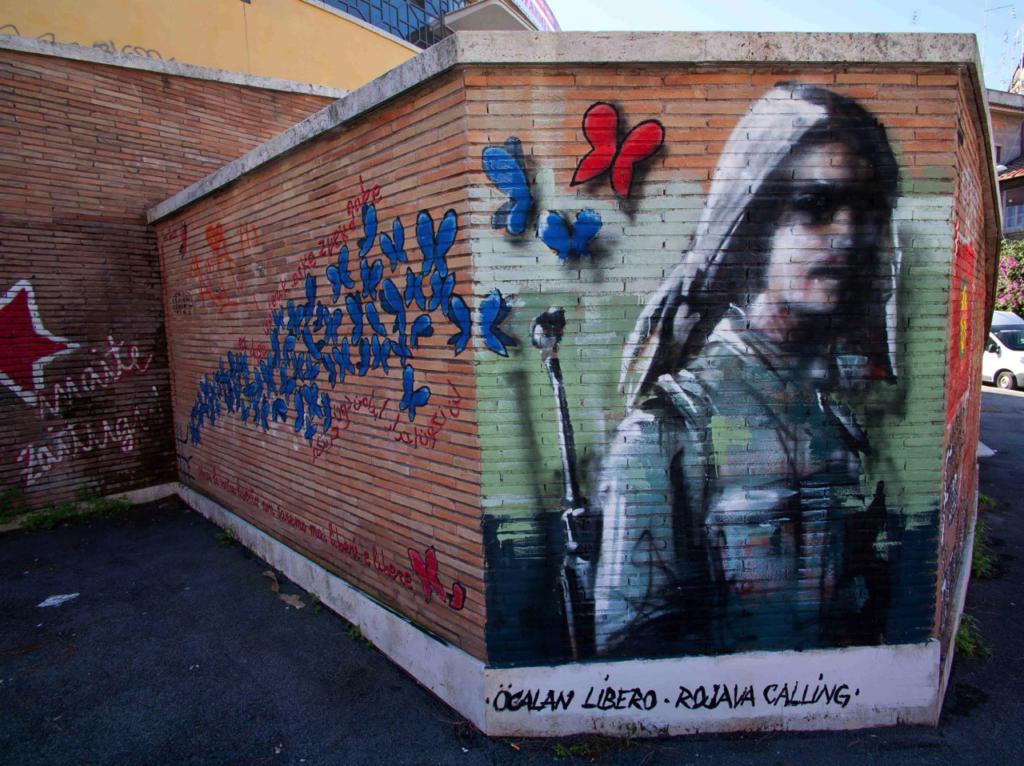 Photo Tour, The colors of graffiti district and street art in Rome from Sao Paulo to Tor Marancia through the Garbatella.
Photo Tour, The colors of graffiti district and street art in Rome from Sao Paulo to Tor Marancia through the Garbatella.
This is a tour itinerary organized by the Photography Social Club of Rome which organizes Meetup for photography enthusiasts of the capital.
The Street Art
Comparing Rome with other cities such as London, Paris or Berlin, our city seems to want to reach quickly, even a slight delay, everything about street art.
If we think about the history of art, we remember immediately Pompei where there are many paintings of this kind. During the Renaissance, almost all the buildings were decorated with frescoes. Street art has a great connection with this tradition and we will begin to document it with this walk.
There are a lot of graffiti in Rome, we will start with this path through San Paolo district, the Garbatella and its unique urban architecture, to immerse ourselves in what Tor Marancia where 20 artists from 10 countries around the world have realized facades high 14 meters.
Meeting point and departure:
In front of the kiosk in the square El Chiringuito Libre Beato Placido Ricciardi, Rome, San Paolo
THE WALKING TOUR
[wpgmza id=”1″]
Duration 3 to 4 hours if you stop to take pictures, but just 2 hours if you walk and is observed only
1. Ideal is starting at 10.45 after a coffee at the kiosk we head around the Metro station Basilica San Paolo, will photograph the contrast with the basilica and the graffiti that are present in the subways, right under the bridge where it passes the subway, which in this tract travels on the surface.
We then go in the passage of the entrance to the Metro but now we do not go but we go early Via G. Gozzi, and photograph the walls that line the subway station, we will notice the contrast of vivid murals and urban decay in which It is the way.
2. We enter the station and take the Metro for one stop, we go now to Garbatella, to admire the new bridge and its post-industrial background.
The asymmetric Ostiense bow bridge rests on two stacks on the side of Via Ostiense and on a pile on the other side and it integrates well into the post–industrial landscape of the Ostiense like the old gasometer and the Centrale Montemartini, now a municipal museum. The bridge, in fact, takes the shape of the lattice Gazometro that can be glimpsed in the background of Via Ostiense.
3. Continue on foot heading for the Garbatella, passing through Piazza Pantero Pantera, we pass in front of the entrance of Lotto 8 on via Fincati and arrive in Piazza Bartolomeo Romano in front of the majestic Palladium theater and then we continue to Via Passino where you will see lots and the ‘architecture of the “garden city” contaminated with graffiti and urban art.
Lotto 8, which splits off Edgardo Ferrati and via Luigi Fincati with the entry of the latter. We note, by the imposing complex, based on a change from building villas surrounded by courtyards, gardens and plots. The population of the Garbatella grew and they built the biggest buildings, the lot is built between 1923 and 1926, only a few years after the birth of the original township. The façade consists of a series of balconies and arched windows make it truly a beautiful, architecturally interesting because it is a building “in court“, ie with a “vacuum” inside – usually in the yard – whose perimeter is It represented by its palace itself.
Teatro Palladium, originally called Cinema Theatre Garbatella, it was finished in 1930 and this is also inspired by architect Innocenzo Sabbatini. For its implementation, the architect abandons the baroque style, which features historic homes of Garbatella, to inspire the architecture of ancient Rome, with its convex exterior that fits the elliptical outdoor room; Another interesting characteristic of the cinema theater is in the apartments above: they were conceived as accommodation for artists. A long cultural center vital to the entire township, was restored by the University of Roma Tre in 2003, which had bought the previous year to make it a laboratory of art and entertainment events available to students of the university.
In Via Francesco Passino there are different graffiti and murals, mostly around the Social Center “La Strada”. Many inscriptions and drawings, mostly political style, accompany us throughout Via Passino.
The street ends in Piazza Damiano Sauli, a square-style rational, dominated by primary school “Cesare Battisti“, created in 1930 to address the need for services of this new township.
In Piazza Damiano Sauli Garbatella there is also the church of San Francesco Saverio. This parish is linked to Papa Giovanni Paolo II, after the war he served as confessor to Sunday. Inside the church there is a bronze statue that portrays the Polish pope in the gesture of absolution after the confession.
4. We will arrive in a quaint place, Piazza Giovanni from Triora, Garbatella historic square which became famous for “I Cesaroni” a known Italian television fiction. It dominates the square of the so-called bar Cesaroni. We stop in front of the bar where you can come in for a coffee in a bar frozen in time between posters of the beloved AS Roma Calcio captain Francesco Totti . And This’ a popular and wonderful that he did, from September to several films and shorts.
5. At the end of the square you pass between the villas of Lotto 24, including between Via Cristoforo Borri and via De Jacobis who have been called “model houses”. These houses lower express purpose of building public housing Garbatella.
The buildings, 13 in all, were built in 1929. The names of the designers you can now be read on the marbles that have been placed in front of the entrances to the village.
From lot 24 to reach Piazza Sant’Eurosia, another characteristic of the places where the Roman director Nanni Moretti enters Vespa in his note film “Dear Diary”. A relevant point is the Church of Saints Theodore and Eurosia known as Little Church, renovated by the architect Giuseppe Valadier. It was part of the route that in the Middle Ages pilgrims traveled via the Seven Churches. In the porch are also three sketches in chalk that are attributed to Antonio Canova.Le even various stories and legends tell that in the sixteenth century, met here the saints San Filippo Blacks and San Carlo Borromeo, so that the meeting is remembered by two medallions Marble with the effigies of the two saints placed on the wall of chiesoletta streets of the seven churches. Ironic note is that in the midst of medallions ago by third icon, always marble, representing a sundial praising the good wine.
We pass the square of the seven churches to pass under the large building that houses the offices of the Lazio Region.
6. We cross the Via Cristoforo Colombo, the main street leading to the sea of Ostia. While crossing the traffic light we meet the street jugglers that good weather cheer motorists stuck in the red and we finally arrive in Via di Tor Marancia
7. We arrive in the modern myths and popular Viale Tor Marancia and the huge murals that brought light and color in this district seriously degraded but now enhanced by great international artists who have used the squalid facades of homes most popular frames of contemporary art.
8. The visit ends in Via di Tor Marancia across the Lazio region offices, those who wish can end the day with a dinner with the social club at the characteristic Garbatella restaurant Ristoro degli Angeli, where the famous chef green-haired Elizabeth Girolami on Saturday preparing a vegetarian buffet of high level
(Convention Rome Central for the Saturday Brunch Lunch Buffet Peace with Refreshments: cost 15 Euros to 18 Euros discount)
Photographers:
Carlo Pellegrini
Daniele CeciOsvaldo Sponzilli
Paola Naomi Antonelli
Sara Kirby
Walter Breitenmoser

Igor W. Schiaroli is specialized in new media and technology. He has expertise in publishing and media sector. He is an independent journalist and a writer but primary a technologist and an economist too. He has passion and curiousity about science and travel.
He had major roles for Italian and International Media and Telecommunications companies.

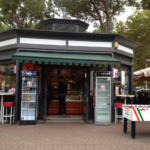
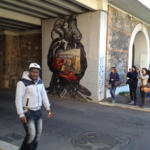
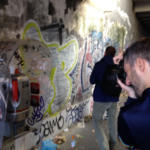
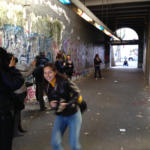
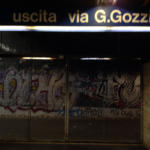
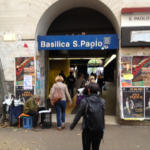
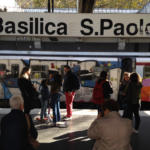
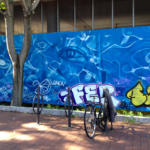
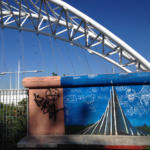
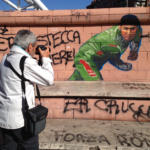
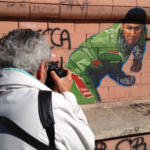

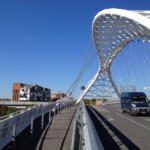
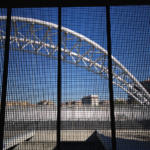

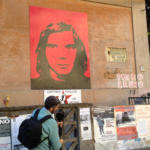
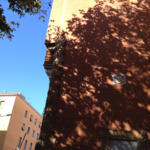
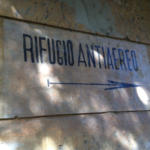
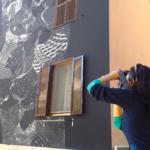

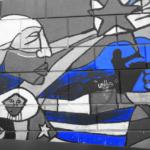
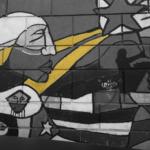



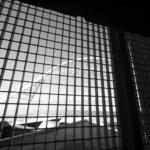
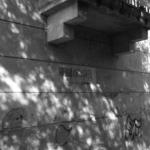
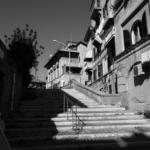

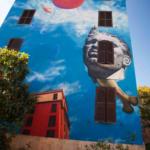

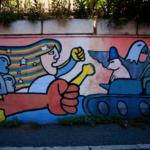
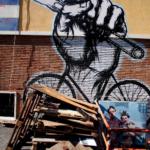
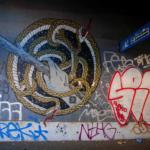
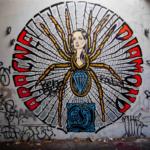
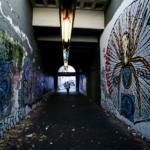

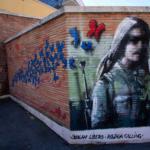
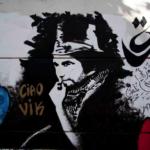
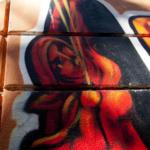

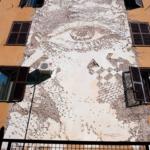
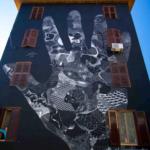
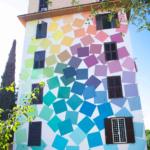
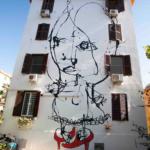
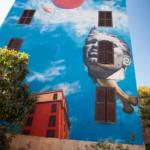
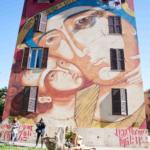
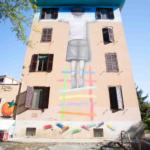

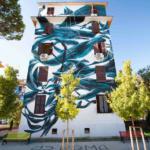
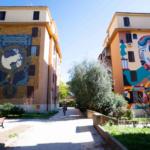
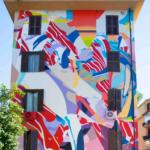
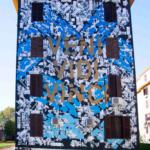
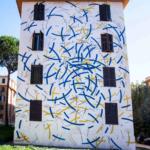
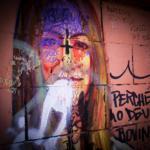

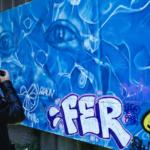
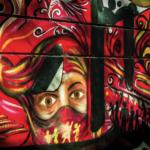
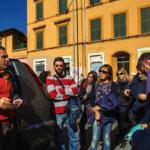
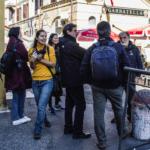
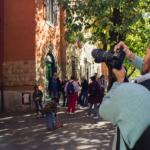
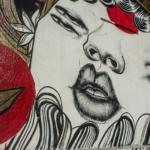
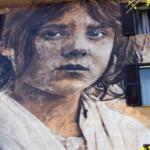
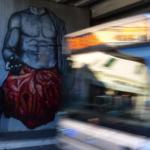
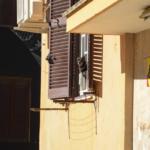
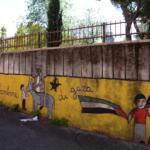
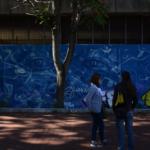
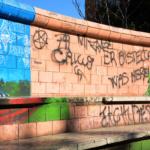
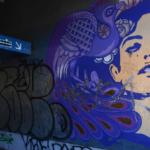
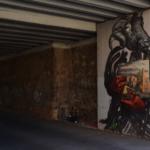
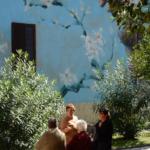
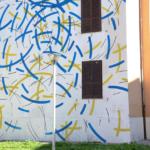
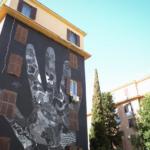
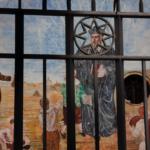

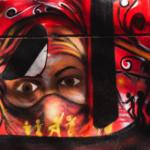
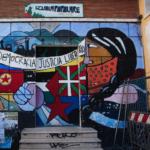
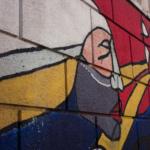
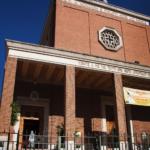
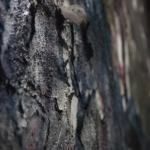
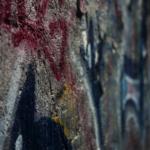
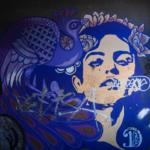
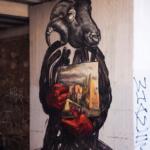
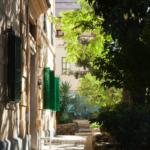

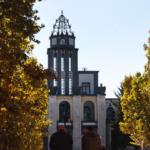
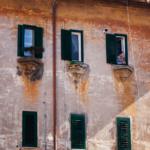
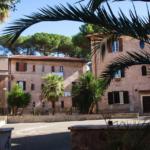
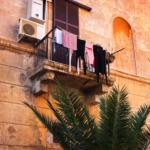
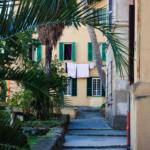
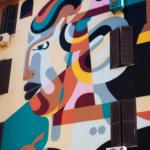
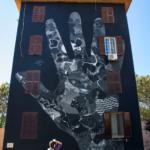
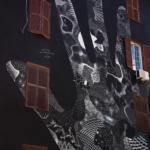

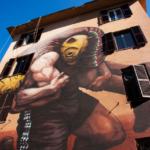
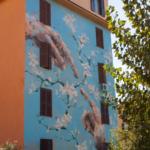
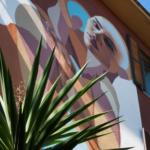
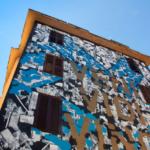
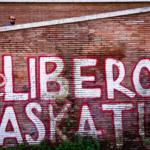

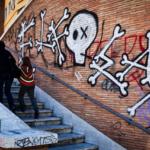


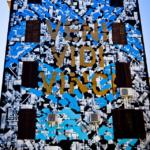
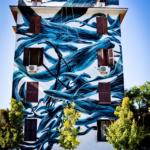
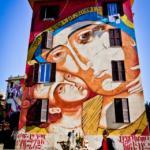
Giuliano Marilungo liked this on Facebook.
Elisa Tricarico liked this on Facebook.
Kalogero Aiello liked this on Facebook.
Cristiana Di Bartolomeo liked this on Facebook.
Paola Grauso liked this on Facebook.
Margherita Fiaccavento liked this on Facebook.